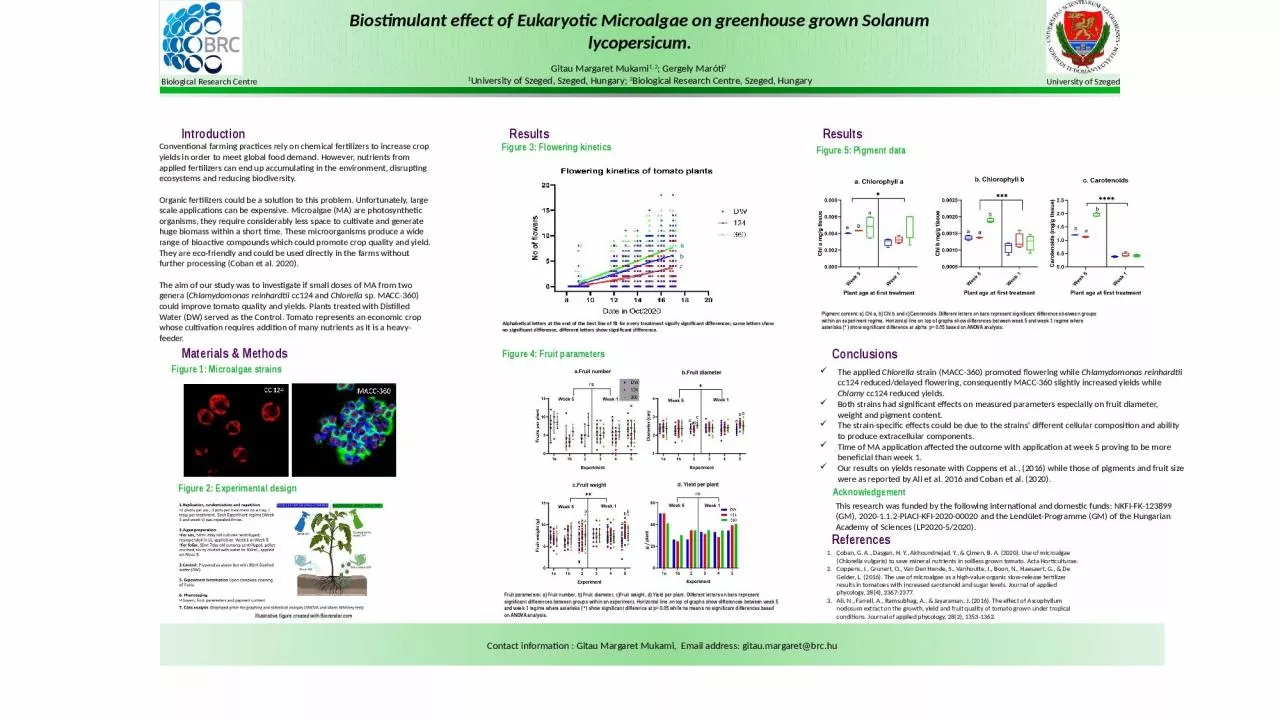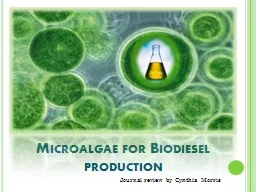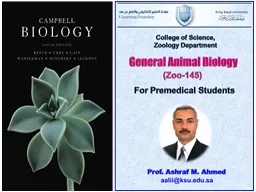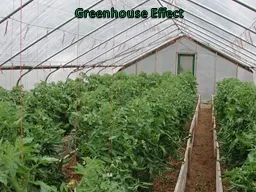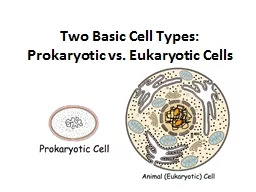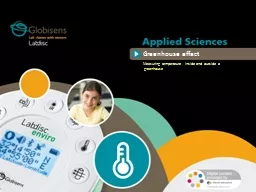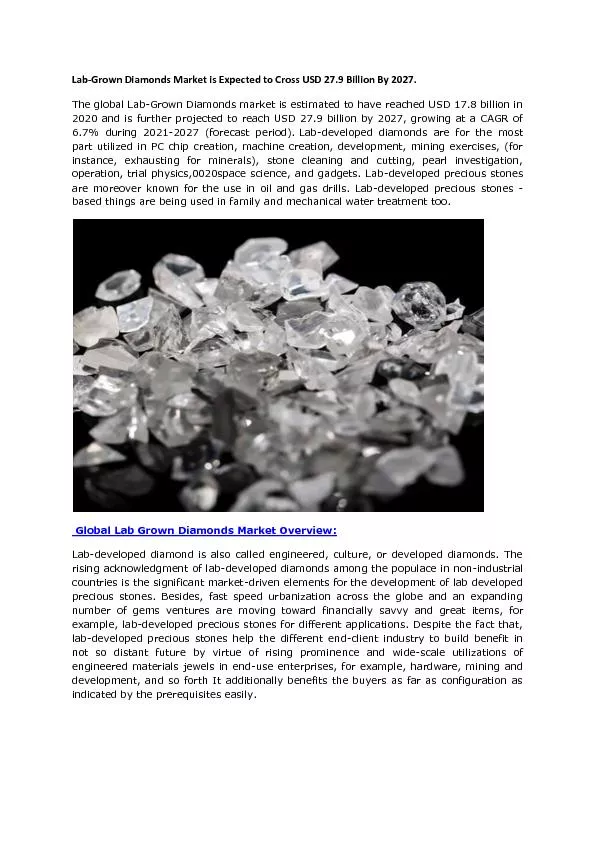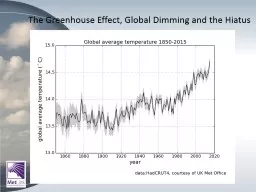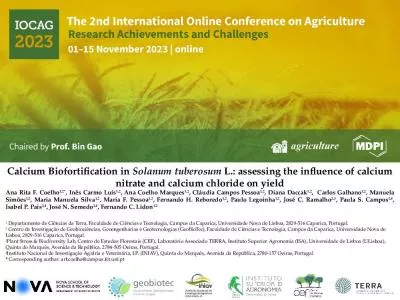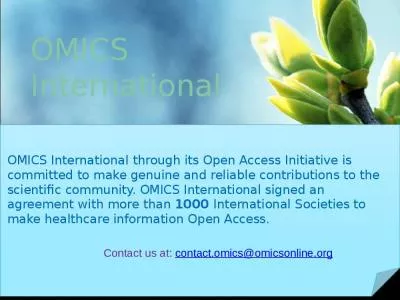PPT-Biostimulant effect of Eukaryotic Microalgae on greenhouse grown Solanum
Author : paisley | Published Date : 2024-01-29
lycopersicum Gitau Margaret Mukami 1 2 Gergely Maróti 2 1 University of Szeged Szeged Hungary 2 Biological Research Centre Szeged Hungary Contact information
Presentation Embed Code
Download Presentation
Download Presentation The PPT/PDF document "Biostimulant effect of Eukaryotic Micro..." is the property of its rightful owner. Permission is granted to download and print the materials on this website for personal, non-commercial use only, and to display it on your personal computer provided you do not modify the materials and that you retain all copyright notices contained in the materials. By downloading content from our website, you accept the terms of this agreement.
Biostimulant effect of Eukaryotic Microalgae on greenhouse grown Solanum: Transcript
Download Rules Of Document
"Biostimulant effect of Eukaryotic Microalgae on greenhouse grown Solanum"The content belongs to its owner. You may download and print it for personal use, without modification, and keep all copyright notices. By downloading, you agree to these terms.
Related Documents

